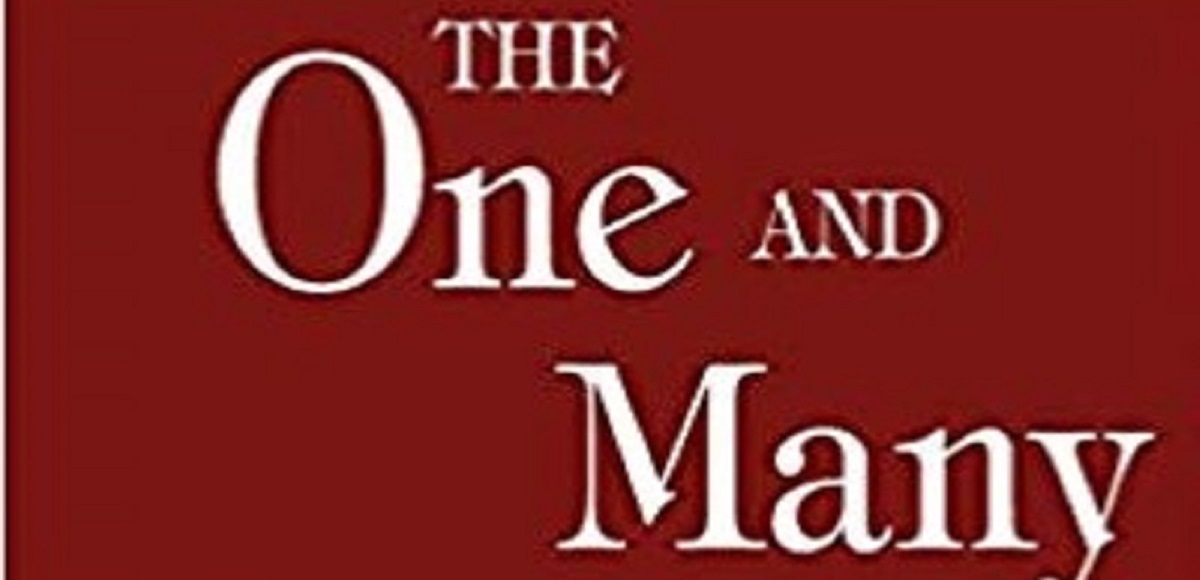About Author: –

Sunil Upasana hails from Kerala (India) and has been a Bengalurean for 17 years. He has had a deep yearning to understand the profound philosophy that underlies Hinduism Read More.
Please contribute toward the up-keeping of this website
Google Pay (sunilmv@okicici)

The Problem of ‘One’ and ‘Many’ is considered as an age old problem among the philosophers of Monistic School. Both Indian and Greek monist philosophers have examined this issue in detail and put forward various explanations. While some of these theories are not up to the mark of excellence, Advaitic theory is considered as solved this puzzle.
The Problem of ‘One’ and ‘Many’ is a puzzle that is related to the experiential world and a single Ultimate Reality. What we see around us, in the experiential world, is full fledged pluralism (called as ‘Many’). There are many things and objects in the experiential world, and many new things are arising and dying out, continuously. These all can evoke an impression in our mind that we are in the midst of some creative and destructive processes.
Everything in the experiential world is a part of pluralistic system. Experiential world itself is thoroughly pluralistic. Every objects in this world continuously changes and goes through different stages of existence. This scenario of innumerable worldly objects and their different stages of existence changes of worldly objects is called as ‘Many’. This Many-ness is with respect to both quantity and quality.
Common people think that all these natural processes are Real and Exact. They assert and believe in the ‘many-ness (pluralistic) character of experiential world. But Upanishadic Rishis never agree with this conclusion. They have closely observed and critically evaluated many natural events, and discovered hitherto unknown truths from them. This is the technique of ‘grasping unknown and invisible truths, from the known and visible ones’. After a careful scrutiny, the enlightened sages of ancient world proposed that an unchanging, permanent Reality acts as the substratum for the natural objects, which changes continously. The permanent Reality is known as ‘One’, because there is nothing apart from this One [1].
Now, what is ‘problem of One and Many? This question is very very important. Upanishad Rishis says that ‘we can reduce the Many into One’. That means, Multiplicity (many) is included in the Unity (One). In other words, Multiplicity is originated from Unity. But how? [2]. This question is known as ‘the problem of One and Many’.
Second Part -> Why Are There No Definable Objects In The Experiential World?

I really enjoyed this post, Sunil. I am no expert on the subject, but one of the things I love about Advaitic philosophy is the acknowledgment of an underlying unity. I would call that unity God, and say that God is living and actively animating all activity in existence.
What do you think of this perspective?
Steven
LikeLike
Thank you for your opinion Stephen.
According to Indian Tradition, the underlying unity is not Personal God. Personal God means God with Attributes of Mercy, Anger, etc. Semitic religions have Personal God Concept. The Indian equivalent of ‘Personal God is ‘Eswara / Isvara’.
Advaita Tradition calls this Unity as ‘Impersonal God’. In fact, we cannot say ‘God’ here. Instead we use the term ‘Ultimate Reality’. Because this Unity has no attribute and thus beyond definition. Why shud be this beyond definition? Because When we define something, actually, we are limiting it. Ultimate Reality must be beyond limit and comprehension of finite man’s intellect…..
Deep topic Stephen. I will write about this in the coming days, months, years 🙂
LikeLiked by 1 person
Hi Sunil, thank you for elaborating! Yes, it’s very interesting. The God I believe in is a unity, but He is also personal (for instance, He can talk to people). I realise this is somewhat different from the Indian philosophy you have described.
Looking forward to future posts on your fascinating blog — I will read with interest!
LikeLiked by 1 person
Sunil ! Thanks!! Indic faiths are rich in their diversity which essentially emanates & leads to that oneness/ unity. It’s a unique way & more in sync with experiential reality! What do you think? Sunil Upasana I wish you ll write more on the fundamental unity of Indic faiths.
LikeLike